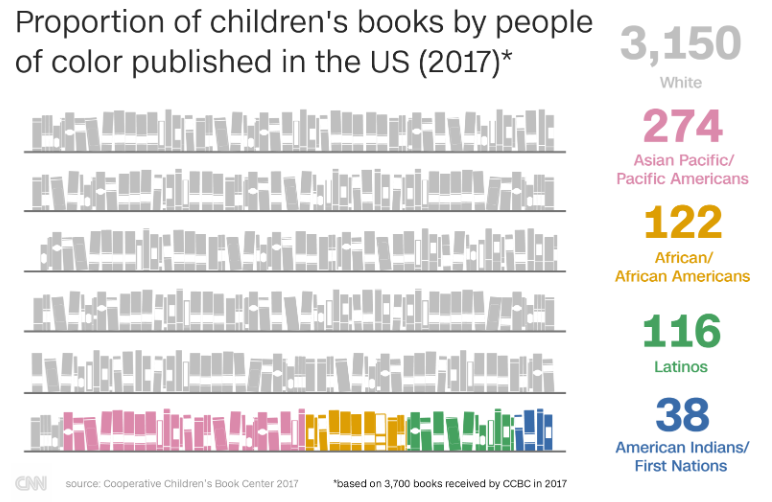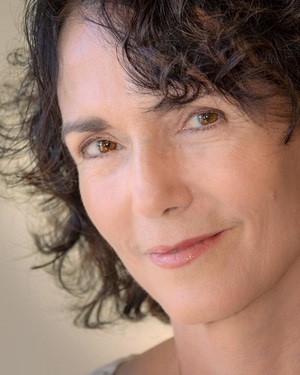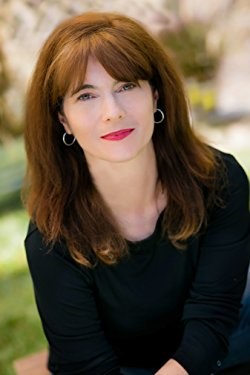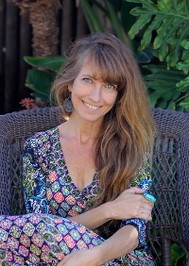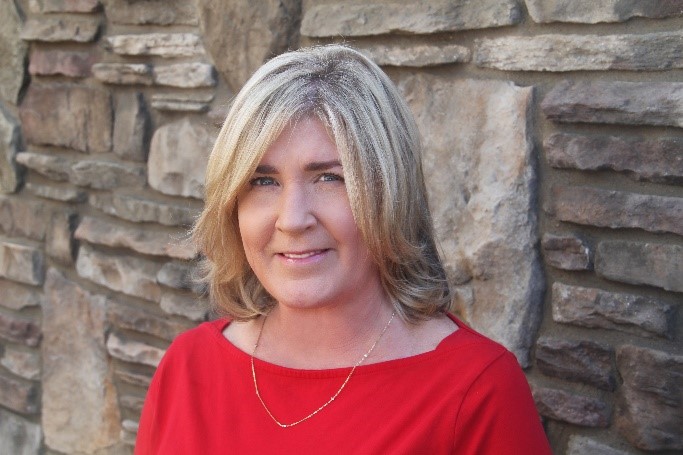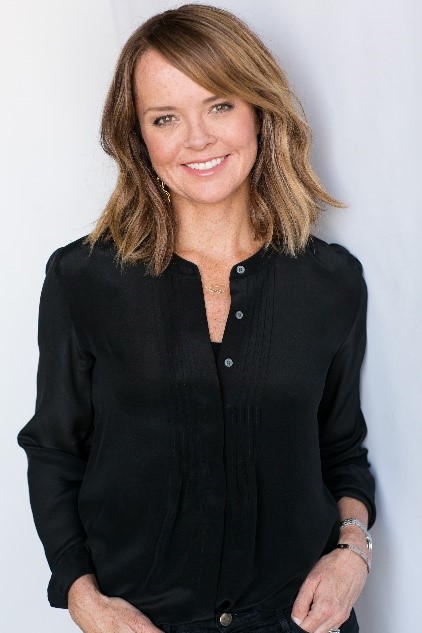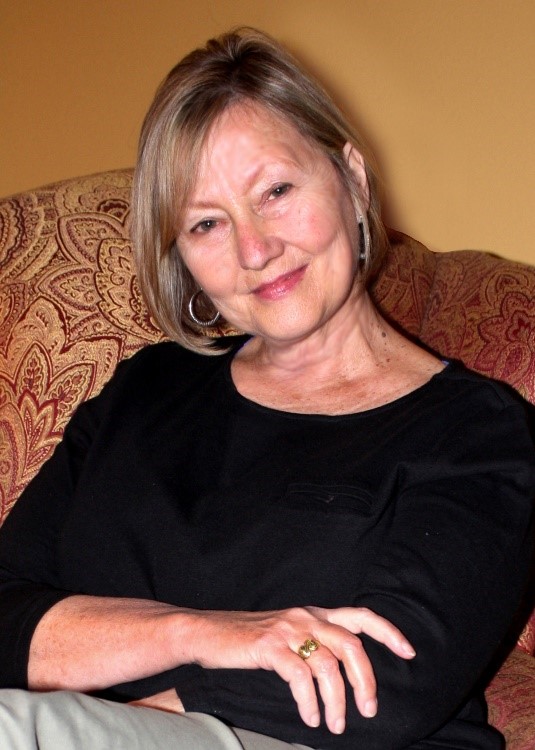Our Author’s Luncheon & Fundraiser on October 19th is quickly approaching, as are the chances to win awesome prizes at the event! One of the most popular activities we host is our Author Roulette, which allows guests who have donated over a certain amount to spin a wheel for the chance to win an author appearance at your book club. This is an amazing opportunity to not only support our work in the community, but also for the chance to have an intimate one-on-one book club event featuring the author of the book you’ve just read!
How many times do you wish you could directly ask an author questions about their book? Now you have that chance! All of the proceeds from this event go directly towards our programs, allowing us to bring trained volunteers into local classrooms to instill literacy skills and a love of reading upon students, as well as helping to build home libraries for families.
Elizabeth Cobbs is a four-time literary award-winning author. Her most recent book, The Hamilton Affair, tells the true story of Alexander Hamilton and Elizabeth Schuyler and has been named the "Hamilton novel that immediately leaps to the top of the list" by author Joseph J. Ellis. Her first movie, American Umpire, takes a critical look at the role the United States plays in global geopolitics as a sort of 'world police.' She also serves on multiple historical committees, including for the U.S. State Department. To learn more, see Cobbs' website here.
Eric Peterson is a California native whose debut book, Life as a Sandwich, was a finalist in the San Diego Book Awards. His most recent book, The Dining Car, won the 2017 Benjamin Franklin Gold Award for Popular Fiction as well as the 2017 San Diego Book Award for Best Published Contemporary Fiction. The story follows a former college football star's journey as he bartends on a private train car for a popular writer and social critic. You can find more about Peterson’s books here.
Karna Bodman is the author of five novels, the most recent being a political thriller Trust But Verify. The book follows a member of the White House staff and an FBI agent who race to get ahead of a plot that threatens international leaders and stock markets worldwide. Bodman pulls inspiration for her political thrillers from her time serving in the White House, where she was the highest-ranking woman on the White House staff. See more on Bodman’s website here.
Kathy Cooperman performed improv comedy for four years before she attended Yale Law School. After graduating and spending years defending white collar crime, she published her first book Crimes Against a Book Club in 2017. The novel follows two best friends who are strapped for cash and decide to sell face cream to wealthy participants in their local book club -- with the addition of an illegal ingredient that can put their entire business into danger. You can learn more about her books on Goodreads.
Marivi Soliven is a creative writing teacher and the author of 17 books. Her most recent novel, the Mango Bride, tells the story of two Filipino women who immigrated to America, and how their very different lives intertwine, changing them forever. The book won the Grand Prize at the 2011 Carlos Palanca Awards for Literature, widely seen as the Pulitzer Prize equivalent of the Philippines. The response to this novel has inspired her to bring more awareness and advocacy towards immigrant survivors of domestic violence. For more info, see Soliven's website here.
Mike Sager is an award-winning reporter and author of ten books. The second edition of his book, Revenge of the Donut Boys, is a collection of seventeen true stories that touch on the varying aspects of American life, focusing on the values, virtues, obsessions, and hypocrisies of society. Sager has served as a staff writer on the Washington Post, a contributing editor to the Rolling Stone, and a writer at large for Esquire. Currently, he is the editor and publisher of The Sager Group LLC. See Sager's website here.
Tammy Greenwood’s novels have sold over 250,000 copies. Her most recent 2018 novel, Rust and Stardust, follows the story of an 11 year-old girl and her captor as they travel from New Jersey to California. The novel is based on the experiences of a real-life kidnapping victim from the 1940’s. Greenwood has won three San Diego Book Awards and is a creative writing teacher. If you’d like to learn more about her novels, you can visit her website here.
Jennifer Coburn is a USA Today bestselling author of six novels and contributor to five literary anthologies. Over the past two decades, Coburn has received numerous awards from the Press Club and Society for Professional Journalists for articles that appeared in the Washington Post, Mothering, Big Apple Baby, The Miami Herald, The San Diego Union-Tribune and dozens of national and regional publications. She has also written for Salon.com, Creators News Syndicate and The Huffington Post.
Lannette Cornell Bloom is a registered nurse, healer, and author. She is passionate about bringing simple joys to others. As an RN and health practitioner of more than thirty years, she has seen firsthand the need to care for others both emotionally and physically. She brings into focus the fragility of life and the importance of enjoying the simple joys that slip through our fingers if we’re not paying attention—because life may be hard, but joy is simple.
Michelle Gable, in her New York Times bestselling debut, A Paris Apartment, fictionalized the true story of a French courtesan and the discovery of her sealed-for-seventy-years Parisian apartment sparking wonder in readers the world over. Gable’s second novel, I’LL SEE YOU IN PARIS, which she wrote by hand in between her daughters’ softball games and a day job as VP of Investor Relations for Ellie Mae, finds her in the City of Light yet again. Michelle graduated from The College of William & Mary. After a twenty-year career in finance, she now writes full time. Michelle lives in Cardiff-by-the-Sea, California, with her husband, two daughters, and one lazy cat.
Susan Carol McCarthy is the award-winning author of three novels inspired by true events in Florida history -- LAY THAT TRUMPET IN OUR HANDS, TRUE FIRES, and A PLACE WE KNEW WELL -- as well as the non-fiction BOOMERS 101: THE DEFINITIVE COLLECTION. Her work has been widely selected by libraries and universities for their One Book, One Community and Freshman Year Read programs, and adopted by schools in 29 states and 6 countries. “McCarthy blends fact, memory, imagination, and truth with admirable grace.” ~ The Washington Post. A native Floridian, she lives and writes in Carlsbad, California.
If you’re interested in learning more about our Author’s Luncheon & Fundraiser and getting the chance to participate in the Author Roulette game in addition to other activities, visit our site here.




